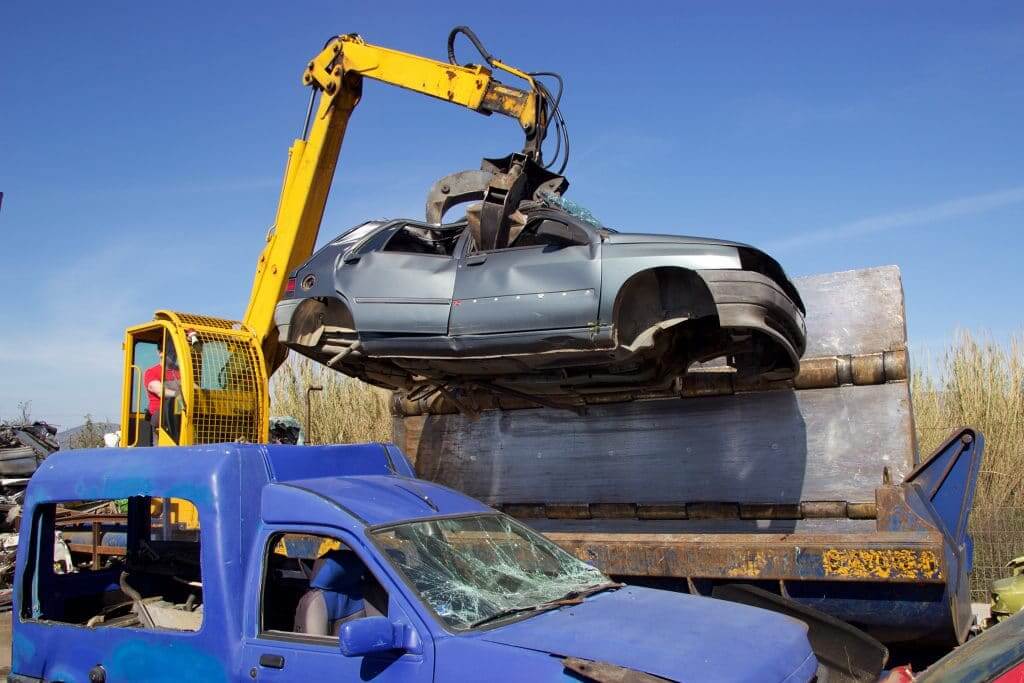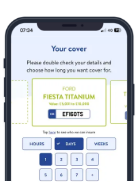There once was a time when most Fully Comprehensive car insurance policies included a fairly standard provision that enabled you to drive someone else’s car on a third party basis.
The provision, known as Driving Other Cars (DOC), has since been quietly phased out from the majority of policies and, where it exists, is primarily intended for use in emergency situations only.
According to a recent article in the Express newspaper, the phasing out of DOC has resulted in widespread confusion amongst drivers. In 2018 over 1,500 cars were seized across the UK, as drivers wrongly assumed they had insurance to drive someone else’s car.
Confusion also extends to areas like test-driving a car purchase, where significant numbers of drivers mistakenly think their existing policy covers them for driving a private car for sale.
The risk of no insurance
Given that driving without insurance can result in a minimum 6-penalty points on your licence and a fixed fine of £300, it is important to be aware of your options when it comes to using another car.
So, here’s our quick guide to getting coverage on other vehicles.
We hope it can open the door to a world of benefits including:
- Helping to share the burden on long road-trips, reducing driver fatigue and providing a safer way to get your destination.
- Getting coverage for test driving a car for sale
- Getting coverage for learning to drive
- If you’re running a business: getting insurance for someone to drive your vehicles on an ad hoc basis.
Get covered
Option 1: Become a named driver on someone else’s policy
Particularly popular for insuring a spouse, partner or civil partner on a shared or family car, over an extended period of time. In most cases it provides the most cost-effective way to cover someone who might be a regular, rather than a main driver of a car.
In such cases, the main policy holder has to ensure they add your details as a “named driver” on their insurance policy.
They can either do this when setting up their policy, or by contacting their insurer to add your details part way through their agreement.
In either instance, if you were driving and involved in an accident, you would claim on the main driver’s policy and would get the same level of cover as they do.
The warning:you should only consider being added as a named driver if you are a secondary driver and are NOT the principle or main driver of the car. Such an approach is known as fronting and has been used as a way for younger drivers to avoid paying high insurance premiums, for example by using a parent’s name as the main driver and their name as the added.
Fronting is considered fraud and can incur serious consequences for all parties involved, including a criminal record, cancellation of the insurance policy and the refusal by the insurer to pay out damages in the event of an accident.
Moreover, the named individuals will find it harder and more expensive to secure insurance in the future.
Option 2: Finding Insurance that offers DOC coverage
If you shop around you may be able to find insurers that still offer a Driving Other Cars extension for situations other than “emergency use only”.
While increasingly rare, DOC extension tends to only provide third party coverage that would pay-out the cost for damage and medical expenses incurred by other people involved in an accident you have caused. In other words, damage to yourself or car will not be covered.
The warning: certain occupations and people under 25 can pretty much forget looking for DOC cover, as you will be seen as a high risk to insurers.
Option 3: Purchase Temporary Cover
Temporary insurance is a flexible and cost-effective option that can be secured in a moment’s notice on an ad hoc basis – it only take two minutes to apply through our online application form.
Coverage is also highly cost effective – coverage can be secured from around £8.99 for an hour.
It is an increasingly common form of insurance that has multiple practical applications, including amongst others:
A cheaper alternative to annual coverage.
For example, younger or infrequent drivers may find it cheaper to purchase insurance only when they need it. One example might be a University student home for the holidays might find it cheaper to buy a few days cover here and there, rather than a costly annual policy that attracts high premiums.
A convenient way to help out on long roadtrips.
Rather than leaving the burden to a single driver, if you purchase an hour or two’s coverage, you can share the driving across additional drivers.
A cost-effective way for businesses to insure occasional drivers
For example a tradesperson who employs casual workers from time to time, may find it cheaper to purchase a few hours or a days’ coverage only when they need additional drivers.
Test-driving a private car for sale
If your main insurance policy does not cover you to test drive a private car for sale (most don’t), temporary test drive insurance can be purchased to cover you for the test drive and (if you decide to purchase the car) the journey home.
Learner driver coverage
While a Driving School will provide insurance as part of their cost for a lesson, a learner driver might want to purchase special Learner Driver Insurance Cover to brush up their practice with additional lessons through a friend or family member.
The warning – Temporary insurance is NOT an excuse to leave your vehicle uninsured when you are not using it.
The Continuous Insurance Enforcement (CIE) is a legal ruling that requires a registered keeper to make sure their vehicle is insured continuously, or to notify the DVLA if they are intending to take their vehicle off the road.
If the registered keeper is looking to take their vehicle of the road they will need to apply for a “Statutory Off Road Notice” (SORN).
A vehicle registered as SORN is exempt from both Road Tax and the insurance.
For further information or to apply for a SORN, click here to visit the DVLA web site




